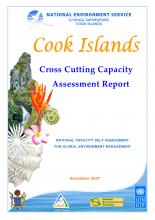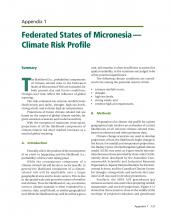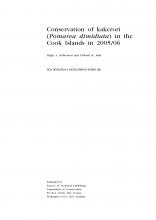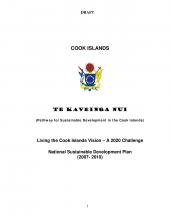Government of the Cook Islands, Federated States of Micronesia, Fiji, Marshall Islands, Nauru, Niue, Palau, Papua New Guinea, Samoa, Solomon Islands, Tonga, Tuvalu and Vanuatu : PIMS2162 - Pacific Adapation to Climate Change (PACC) project document


Climate Change Resilience, Biodiversity Conservation
Available Online
Pacific Adaptation to Climate Change Programme (PACC)
,
Secretariat of the Pacific Regional Environment Programme (SPREP)
2007
For Pacific SIDS, the need for adaptation to climate change has become increasingly urgent. Long-term climate changes, including the increasing frequency and severity of extreme events such as high rainfall, droughts, tropical cyclones, and storm surges are affecting the lives and livelihoods of people in PICs. Coupled with non-climate drivers, such as inappropriate land use, overexploitation of resources, increasing urbanization and population increase, development in the region is increasingly undermined. For the low lying atolls, the likely economic disruption from climate change pressures could be catastrophic, even to the extent of requiring population relocation to other islands or adding numbers to the Pacific diaspora, with the subsequent social and cultural disruption having unknown proportions. Failure to reduce vulnerability could also result in loss of opportunities to manage risks in the future when the impacts may be greater and time to consider options limited.








